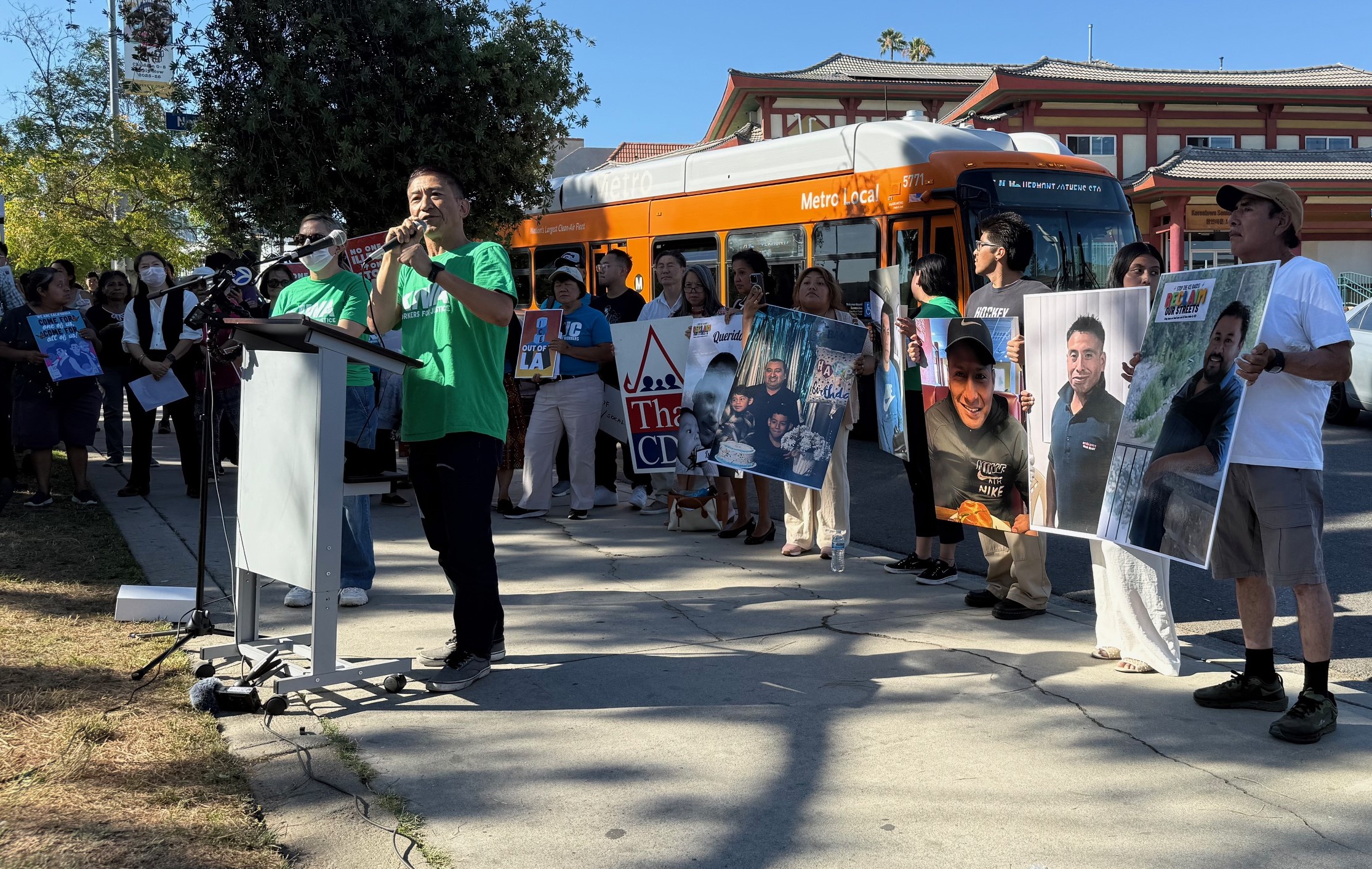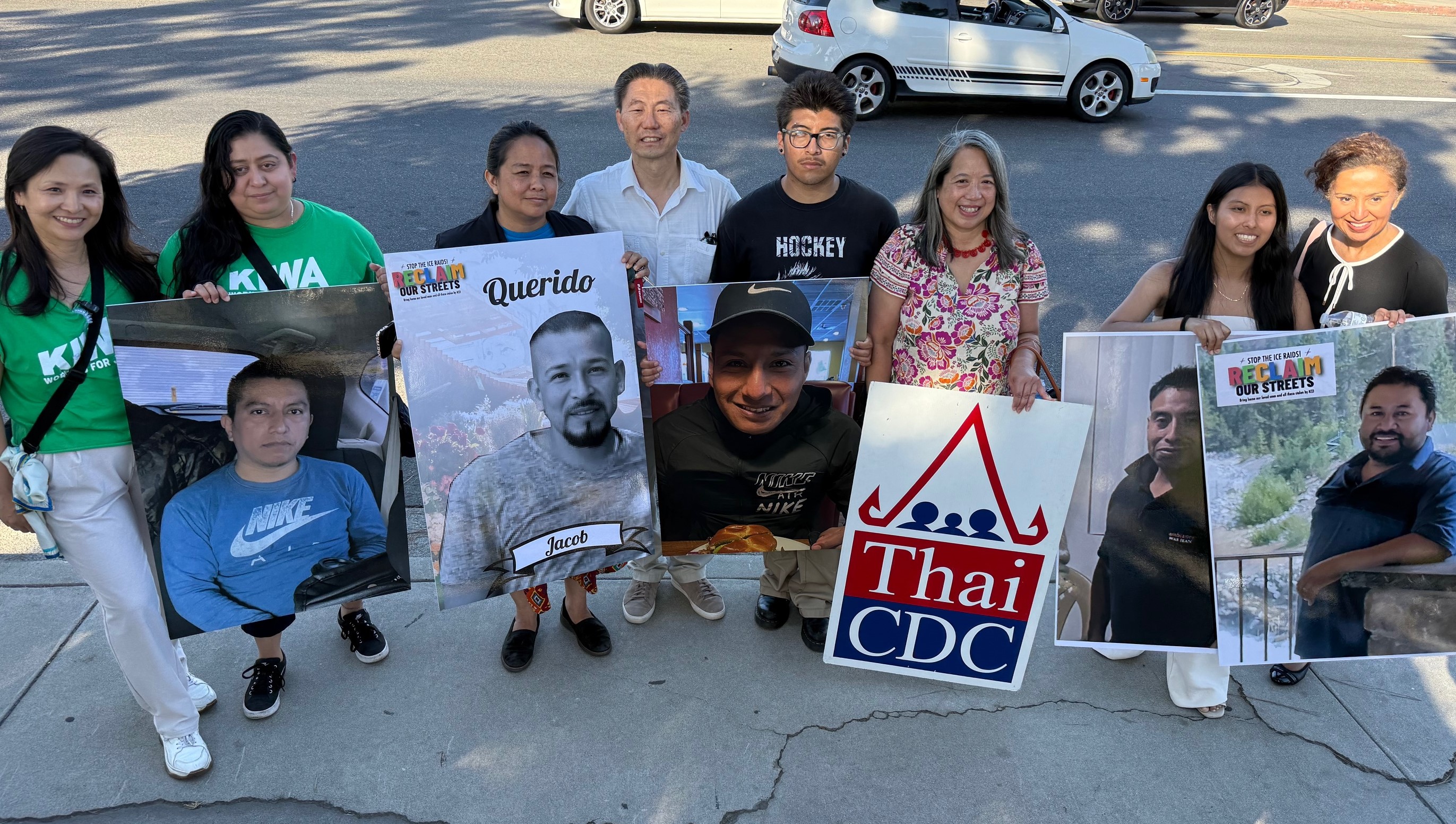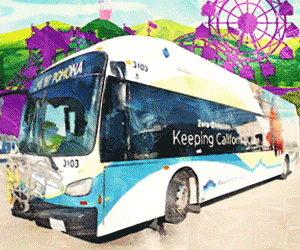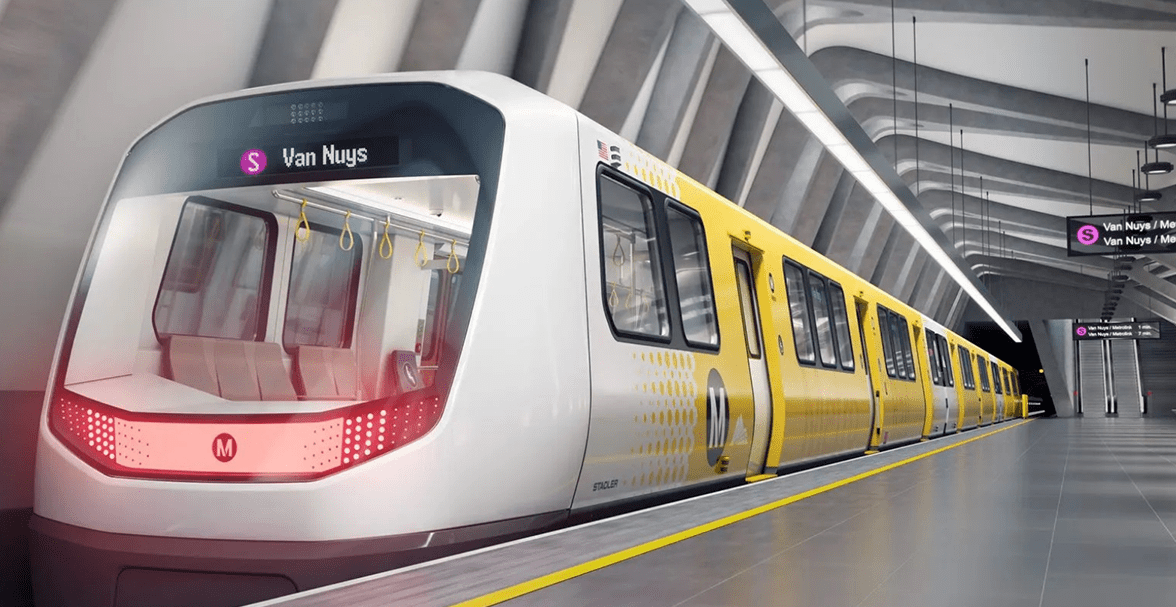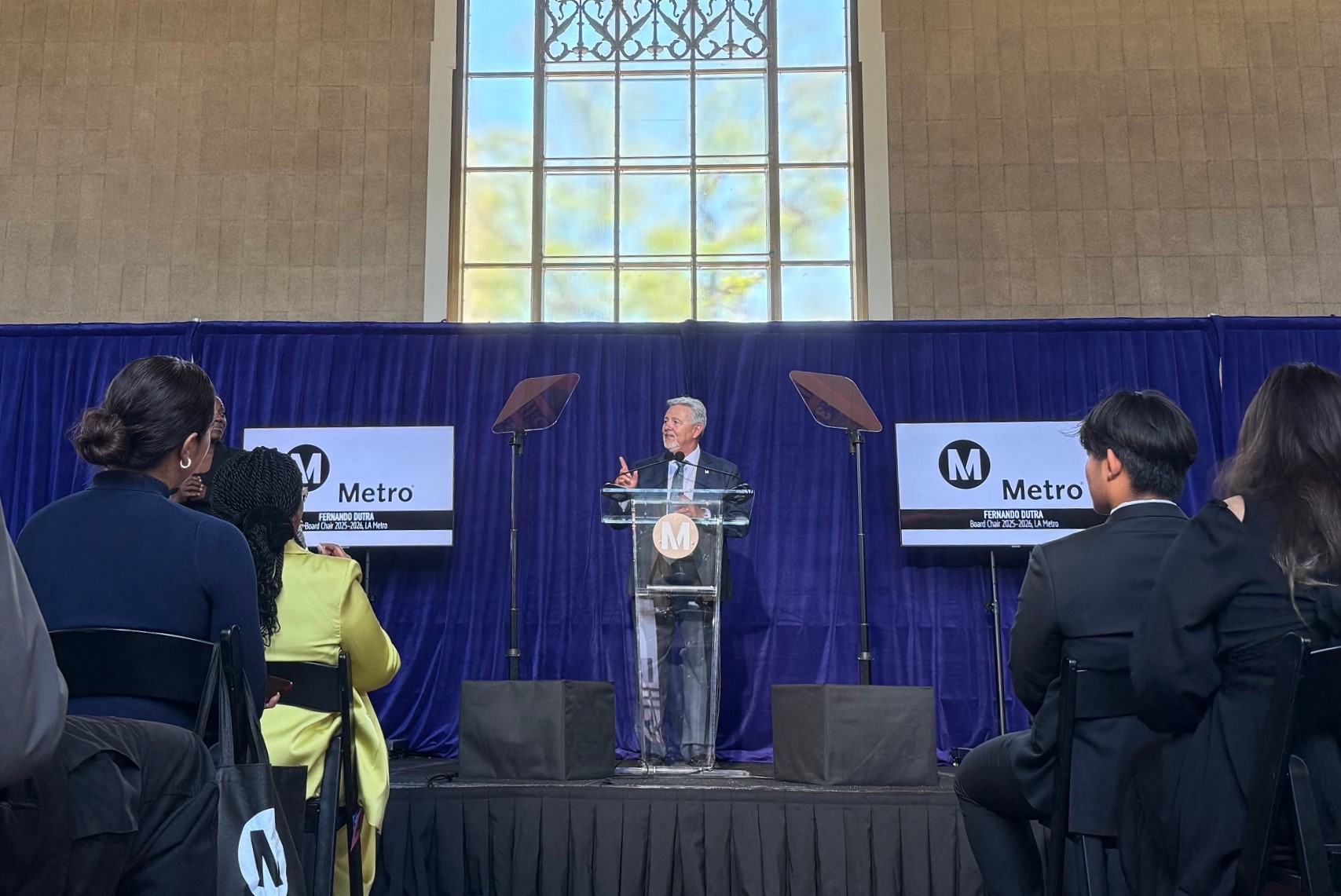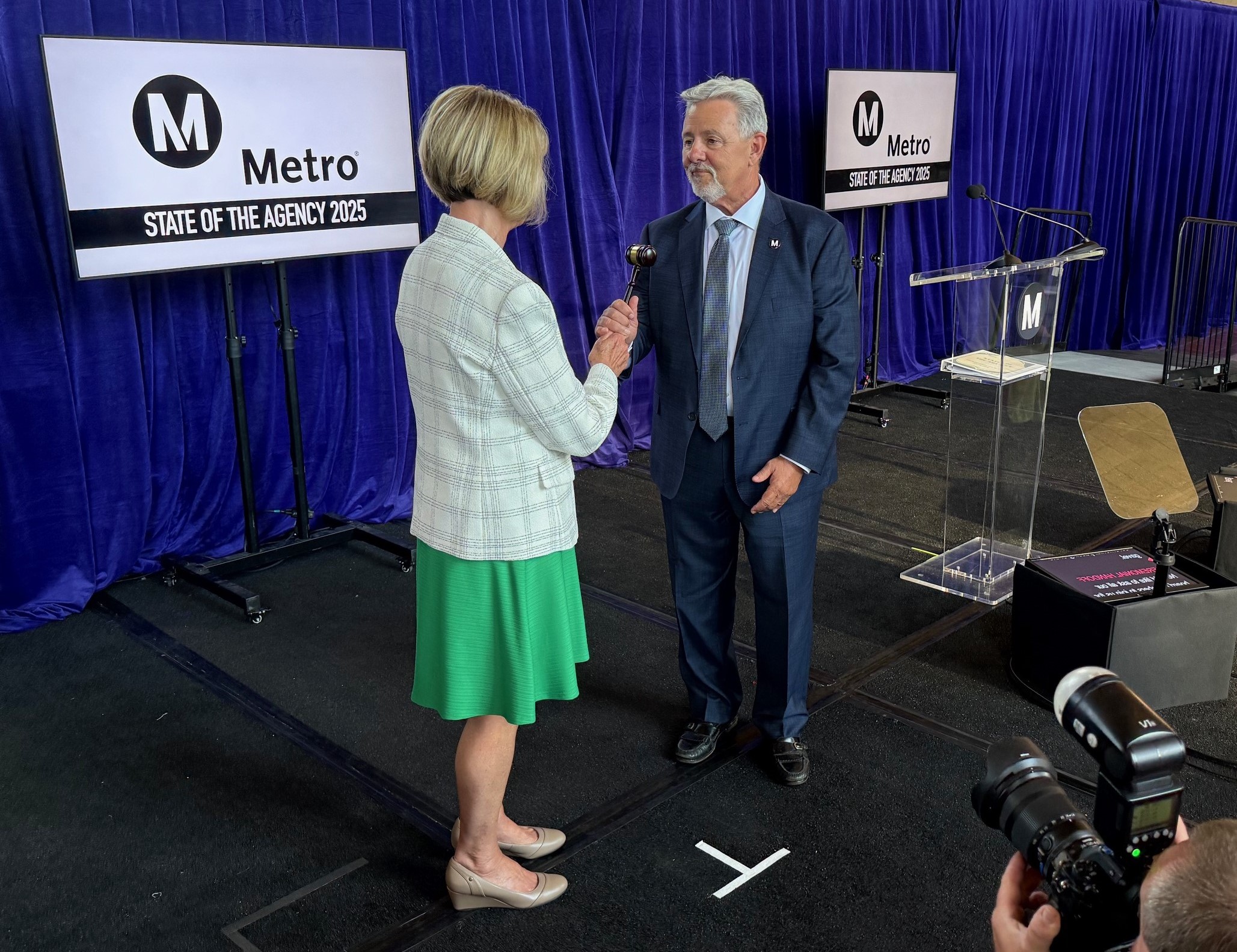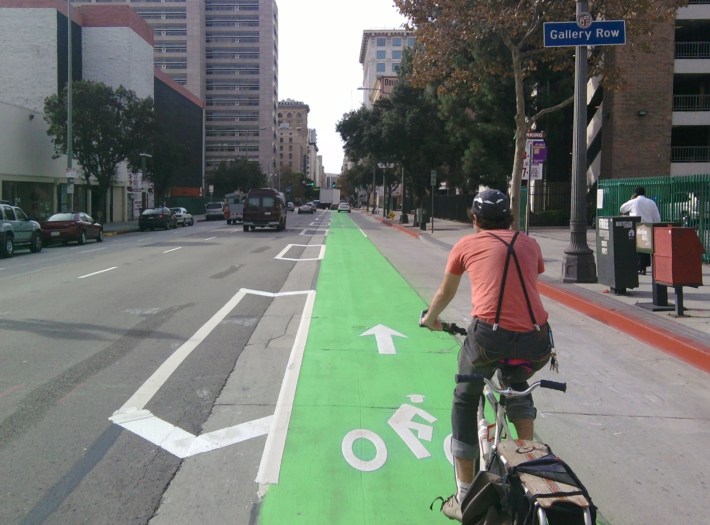
The Los Angeles Times ran an editorial earlier this week entitled L.A.'s bike lane blooper. While the Times was generally supportive of L.A. City bike plan implementation, it did come out against green bike lanes in downtown Los Angeles stating that "the green lane spoiled the shots that made Spring the perfect stand-in for Anytown, USA."
It's not the main point of this editorial, but, in case the Times and the film industry didn't get the memo: "Anytown, USA" now has bikes and bike lanes. Spring Street commonly stands in for New York City, which now has plenty of green bike lanes on its streets. Chicago is stepping up with an unprecedented batch of new protected bike lanes. Bike facilities already show up in plenty of movies. I am not a huge film-goer, but can recall spotting on-screen bike lanes in Inception and Mickmacs. If L.A.'s streets do not accomodate bikes, they become frozen in a car-centric outlook that's fading from Anytown, or at least from Anycity.
Ultimately, though, does film-readiness trump everyday safety and livability? No.
The Spring Street green bike lane is one half of a one-way couplet that flows south on Spring and north on Main Street. Should the Main Street side of the couplet also be green, as has been floated by the city's Transportation Department - LADOT? The film industry is apparently responding "no" and livability proponents are saying "yes." I'm going to break ranks here and say that my opinion is that the Main Street lanes don't need to be green.
Here's why:
The green markings on Spring are a pilot project. It's great that the city is experimenting with new tools, but it's also not quite entirely successful, as a lot of the paint has worn off much sooner than expected. This is ok, the first time out of the gate, everything isn't expected to work perfectly. The city is experimenting with different materials and different configurations. Kudos to LADOT for this. The right processes and products will be identified, and green paint will take its place in the city street toolbox.
But ultimately more paint means more costs, both up-front now and maintenance in the future. Higher costs mean less mileage completed. I personally favor judicial use of green. Some cities, including Portland, Oregon, have used pavement marking to draw attention to conflict zones: for example, stretches where drivers turn right onto a freeway onramp, but bicyclists continue straight. Using green only in conflict zones keeps costs down, while drawing driver and cyclist attention where it's most needed.
Rather than delay and debate on whether the lane next phase on downtown L.A.'s Main Street will be green or not, I urge LADOT to implement the bike plan by getting the lane on the ground now. Green can be added in the future, when the city has figured out the best materials to use, and when the film industry has realized that bikes are here to stay in Anytown, USA.
